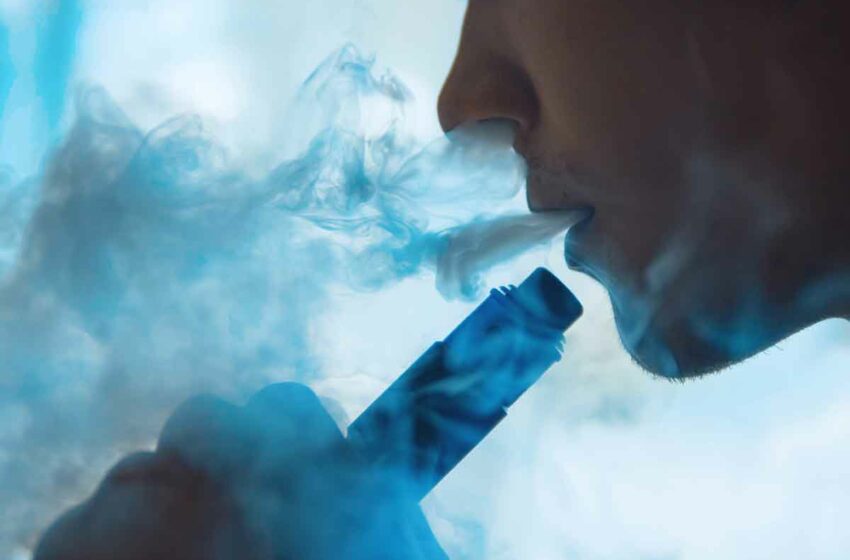CoEHAR is funded by the Foundation for a Smoke-Free World (FSFW), which was financed exclusively by Philip Morris International until Oct. 20, 2023, when the organization announced it would no longer accept tobacco funding in an effort to address concerns about is independence. Polosa emphasizes that credibility of his team’s work is not an issue if REPLICA studies debunk original science. “Although we’re relatively new, our credibility is steadily building,” he says. “The strength of CoEHAR’s REPLICA project rests in its robust, high-quality research, consistently published in reputable scientific journals. Despite funding ties with FSFW, our project has swiftly garnered a positive reputation worldwide. This funding association doesn’t diminish our research’s significance. REPLICA’s growing scientific output unequivocally proves this point.”
Increased funding should be directed toward replication studies of THR products, notes Polosa. “Stakeholders need to commit additional resources to this vital research area,” he says. “We are grateful to the FSFW that has recognized the importance of replicability in science and has generously provided cutting-edge equipment and other resources, supporting our mission to reinvigorate replication science in THR.”
Engaging with media outlets to communicate findings from replication studies is an essential aspect of the project. “However, a significant challenge arises when the original study’s results were sensationalized, as there might be little motivation to rectify misinformation if the correction lacks the same attention-grabbing quality,” says Polosa.
He cites the example of the 2019 EVALI crisis in the United States, when an initially mysterious outbreak of lung injuries was at first erroneously attributed to nicotine vaping but later turned out to have been caused by adulterated (and illegal) THC products. Once the original, sensationalized narrative had spread, it became difficult to correct.
“Similarly, in the realm of in vitro toxicological studies investigated by the REPLICA researchers, algorithms often prioritize popularity over accuracy, complicating efforts to disseminate corrected information effectively,” say Polosa. “Despite these hurdles, our commitment remains steadfast in sharing our findings extensively with the public, academia and relevant stakeholders.
“While our replication efforts are starting to gain traction in shaping public opinion and influencing regulatory bodies, the primary goal of our studies is to assess ongoing and future research and prevent recurring errors within THR science. Ultimately, our aim through this correction process is to dispel substantial misconceptions about the health risks associated with combustion-free nicotine products. As we progress, we anticipate a reduction in sensationalized and inaccurate reporting by the media, leading to a more informed and balanced understanding among the public and policymakers.”
In 2023, the REPLICA Project entered its second phase, which among other things aims to align the project’s studies with academic research while elevating the complexity level. “Our focus is on replicating and expanding studies conducted in collaboration with partners,” says Polosa.
“Specifically, we’ll conduct thorough screenings for cytotoxicity and mutagenicity, examining increasing concentrations of most common vaping flavors. These results aim to ascertain the safety of these flavors and their concentrations for inhalation. Within our REPLICA 2.0 project, we aim to shed light on the potential impact of nicotine on cancer development. Employing a comprehensive approach, we’ll utilize various assays to screen for carcinogenicity. Regulatory bodies like the U.S. Environmental Protection Agency and the International Agency for Research on Cancer heavily rely on these models’ data to classify substances and make informed regulatory decisions.”
























